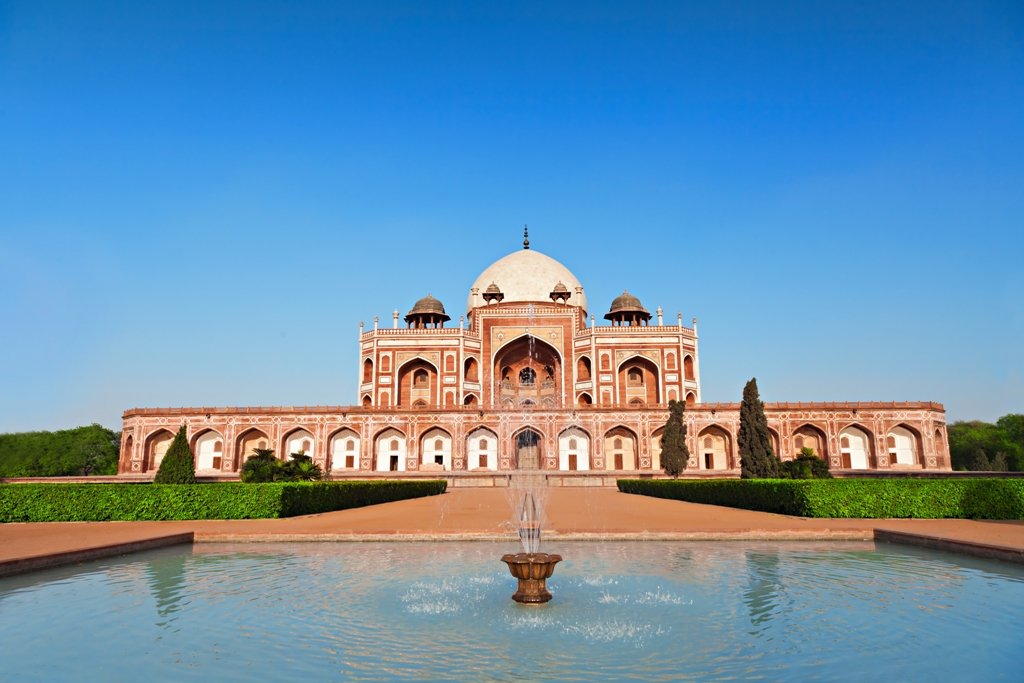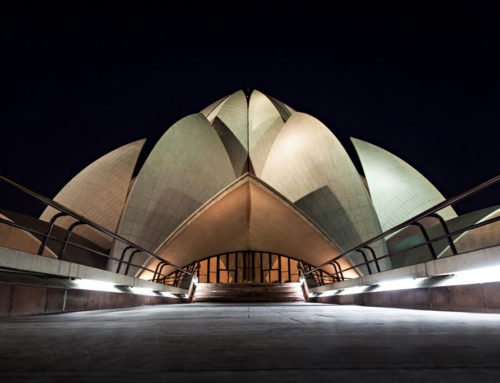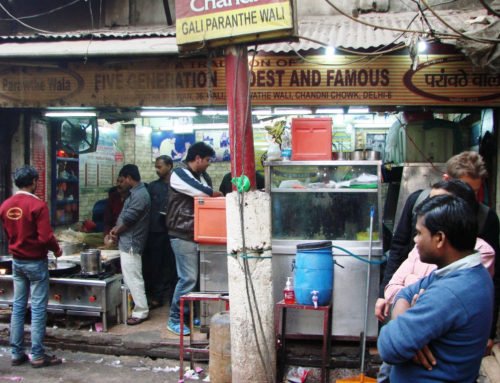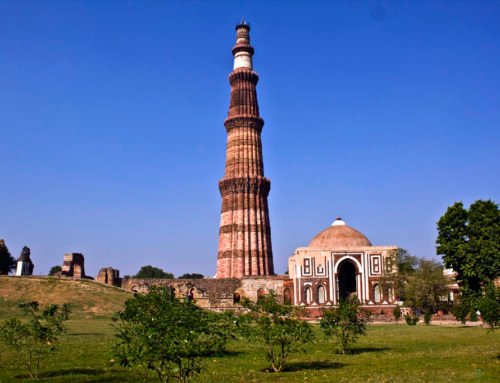Overview
- Features: First example of Mughal-style garden tomb in India
- Opening Times: 7am to 7pm, daily
- Best Time to Visit: Before sunset
- Duration: 1 to 2 hours
- Travelled By: Metro (JLN Stadium)
- Cost: Indian/foreigner Rs 10/250
- Address: Mathura Road, Nizamuddin, New Delhi, Delhi, India
- Type: Monument
Author Reviews[display_rating_item_results rating_form_id=”2″ rating_entry_ids=”1″ show_category_filter=”false” show_options=”true” result_type=”star_rating” preserve_max_rating=”true” show_title=”false” show_count=”false” ]
Total Rating: [display_rating_result rating_form_id=”2″ show_count=”false” show_rich_snippets=true] [accordions load=”1″] [accordion title=”User Reviews” last] [display_rating_item_results rating_form_id=”5″ show_options=”true” result_type=”star_rating” preserve_max_rating=”true” show_title=”false” show_count=”true” show_rich_snippets=true] [/accordion] [accordion title=”Add Review”][display_rating_form show_email_input=”true” show_comment_textarea=”true” show_name_input=”true” rating_form_id=”5″] [/accordion] [/accordions]
Summary
Located in Nizamuddin, New Delhi, Humayun’s Tomb is one of the top attractions to visit in Delhi. If you’re planning to visit Humayun’s Tomb, continue reading this article for great information on this attraction. Find out why Humayun’s Tomb is worth visiting before a visit to the Taj. Also find interesting facts about Humayun’s Tomb, history and features, as well as how to get there.
Humayun’s Tomb Delhi
Interesting Facts About Humayun’s Tomb
- Humayun was the second Mughal emperor of India
- Humayun’s tomb was built in the mid-16th century by Persian architect Mirak Mirza Ghiyas and commissioned by Haji Begum, the Persian-born senior wife of Humayun
- Humayun’s tomb is the best example of the early Mughal style of tomb architecture in Delhi
- Humayun’s Tomb served as inspiration for several later Mughal monuments including the incomparable Taj Mahal in Agra
- It is worth visiting Humayun’s Tomb before a visit to the Taj
Humayun Tomb History
Humayun, the second Mughal emperor, was forced into exile in Persia after being heavily defeated by the Afghan Sher Shah in 1540. He returned to India in 1545, finally recapturing Delhi in 1555. The tomb was designed and built by his senior widow and mother of his son Akbar, Hamida Begum. A Persian from Khurasan, after her pilgrimage to Mecca she was known as Haji Begum. She supervised the entire construction of the tomb, camping on the site from 1564 to 1573.
Features of Humayun Tomb
[singlepic id=151 w=720 h=560 float=center]
Humayun’s Tomb serves as an introduction to several Mughal architectural marvels – most notably the double dome and char bagh (garden divided into quadrants). The tomb has an octagonal plan, lofty arches, pillared kiosks and the double dome of Central Asian origin, which appears here for the first time in India. Outside Gujarat, Hindu temples make no use of the dome, but the Indian Muslim dome had until now, been of a flatter shape as opposed to the tall Persian dome rising on a more slender neck. Here also is the first standard example of the garden tomb concept: the char bagh (garden divided into quadrants), water channels and fountains. This form culminated in the gardens of the Taj Mahal. While the tomb brought Persian style to Delhi, it also shows a complementary merging of the Mughal and Hindu cultures. There are a number of distinctively Hindu motifs decorating Humayun’s tomb. Tillotson has pointed out that in Humayun’s tomb, Hindu chhattris (small domed kiosks), complete with temple columns and chajjas (broad eaves), surround the central dome. The bulbous finial on top of the dome and the star motif in the spandrels of the main arches are also Hindu, the latter being a solar symbol. This imposing white marble double dome is a complete half-sphere, and is surmounted by a finial with a crescent in the Persian style. Later Mughal finials, such as the one at the Taj Mahal, added a lotus base.
[singlepic id=153 w=720 h=560 float=center]
The overall impression is that of a much bulkier, more squat building than the Taj Mahal. Some 38 m high, the dome does not have the swell of the Taj Mahal and the decoration of the whole edifice is much simpler. Once again, it shows a merging of Mughal and Hindu cultures through the use of a two-tone combination of red sandstone and white marble to highlight the lines of the building. There is some attractive inlay work, and some jalis in the balcony fence and on some of the recessed keel arch windows. The interior is austere and consists of three storeys of arches rising up to the dome.
The tomb enclosure has two high double-storeyed gateways: the entrance to the west and the other to the south. A baradari occupies the centre of the east wall, and a bath chamber that of the north wall.
[singlepic id=152 w=720 h=560 float=center]
Humayum Tomb Plan
[singlepic id=143 w=720 h=560 float=center]
The imposing plinth is decorated with red sandstone arches and consists of multiple chambers, a departure from a single chamber of previous tombs. Humayun’s tomb is a plain white marble sarcophagus without any inscription which stands on a simple black and white marble platform. The grave itself, no longer accessible, lies in the dark, bat-filled basement below.
[singlepic id=145 w=720 h=560 float=center]
Often called “a dormitory of the House of Timur”, the graves in its chambers include Humayun’s wives and Dara Shikoh, Shah Jahan’s scholarly son. Also in the complex are the octagonal tomb and mosque of Isa Khan, a 16th century nobleman, and the tomb of Humayun’s favourite barber. The Arab ki Sarai was a rest house for the Persian masons who built the tomb.
Gardens at Humayun’s Tomb
[singlepic id=148 w=720 h=560 float=center]
Humayun’s Tomb is set in 12 hectares of serene and peaceful gardens which makes for a great escape from the noise and clutter of the streets of Delhi. It is worthwhile spending some time here simply wandering through the beautifully restored gardens and walkways while marvelling at a fine example of an early Mughal garden tomb.
Humayun Tomb Timings
7 AM to 7 PM, daily
Where is Humayun Tomb located?
Humayun’s Tomb is located on Mathura Road in Nizamuddin, New Delhi.
How to reach Humayun Tomb?
The closest Metro station to Humayun’s Tomb is JLN Stadium. From there, it’s about a 1 km walk along Lodhi Road to Mathura Road. Humayun’s Tomb is at the intersection of Lodhi and Mathura Roads. Alternatively, take an auto rickshaw or taxi or hire a private car for the day who will drop you at the entrance to the attraction.
Tell us what you think. Why do you want to visit Humayuns’ Tomb? If you’ve been to this attraction before, what did you like best about it?
We love to hear from you so please leave your comments below.








